Contra – Catchment Oxygen and Nitrate Isotope Tracer Analysis
Information on water travel times and flowpaths are fundamental catchment properties in order to delineate characteristics of biogeochemical cycling and nutrient transport within catchments. Tracer hydrology provides unique methods to gain empirical insights into the dynamics of surface and subsurface water bodies including transit times and pathways. Recently, δ18O isotope measurements of stream water revealed the presence of a large fraction of very young water in streams as opposed to the general perception of streams being baseflow dominated, thus carrying rather older water. This young water fraction has large implications for nutrient transport on catchment scale, where nutrient transport may be faster than traditionally implied by hydrological models. Nonetheless, multi-tracer approaches are needed to depict sources of water. Besides major cations and anions, 15N and δ18O isotopes of nitrate are known to give additional information on the origin of nitrate in catchments, which in turn can be related to flowpaths.
This projects aims to develop an experimental field site, where stream water δ18O and δ2H, and δ15N and δ18O of dissolved nitrate, along with major cations and anions, as well as catchment compartments such as precipitation, soil water, shallow and deep groundwater and drain water are frequently measured. Establishing a coherent dataset of catchment isotopic and chemical constituents will enable us via the use of novel catchment matrices and tracer mixing analysis to delineate information on the young water fraction in streams, its corresponding turnover time, and to quantify sources of water in the catchment. That information will eventually help in constraining hydrological models and create new calibration targets for the DK model.




